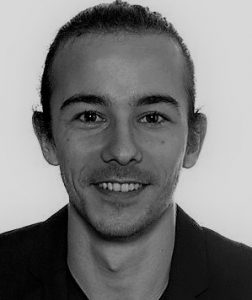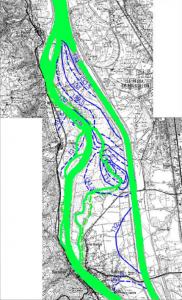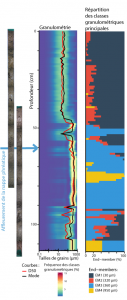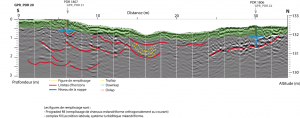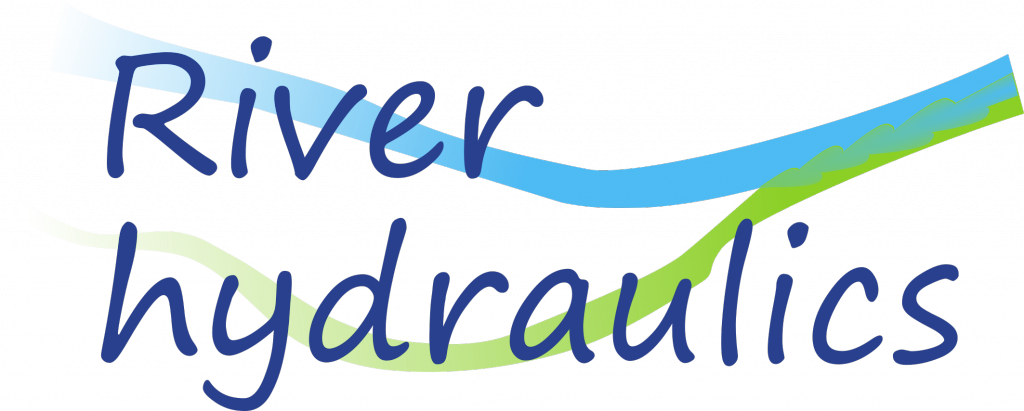The human actions, particularly over the last century, have caused many disturbances on the sedimentary regime of most rivers. The multiplication of infrastructures designed for water’s hijack (navigation, dams, etc.), the extraction of materials, changes in land use have caused local and large-scale sedimentary imbalances. These modifications encourage an evolution of the management of development, likely to generate impacts on these ecosystems (hydrocleaning restoration for example). The general objective of this thesis is to better understand the actual processes in peri-fluvial environments. More specifically, it aims to evaluate the environmental consequences of past and future sediment evolutions in major bed environments, in relation to the hydraulic behavior of the river. This project, therefore, articulates around the study of the relations between fluvial dynamics and the variability of sedimentary processes in peri-fluvial environments.
For a better understanding of sedimentary processes in space and time, the methodology has to be in relation with hydraulic forcing, modified by human activities and infrastructures, to better describe the deposit environments of all compartments of the major bed (secondary channels, dams, margins and alluvial plains frequently flooded). In order to remove this lock, an approach coupling geophysical methods and sedimentology with hydrodynamic modeling will better understand the role of water flows on bedload sediment observed. The use of geophysical tools such as geological radar, electrical tomography and sediment sounder will allow the study of sedimentary structures and stocks of peri-fluvial environments. The study of sedimentary cores will allow the physical and chemical analysis of the sediments, thus the elaboration of a precise age-depth model describing temporally the sedimentary layers. Before this work, the numerical simulation will be made using the OSR 1D hydrosedimentary model, developed by IRSTEA, with the Mage-AdisTS calculation codes and implemented on the entire Rhône River from the outlet of the Lake Geneva to the Rhone delta. This model makes it possible to simulate the propagation of water, the transport of suspended solids, as well as their deposition/erosion.

